Alternatives To Grass: Learn About Lawn Alternatives In Cold Climates
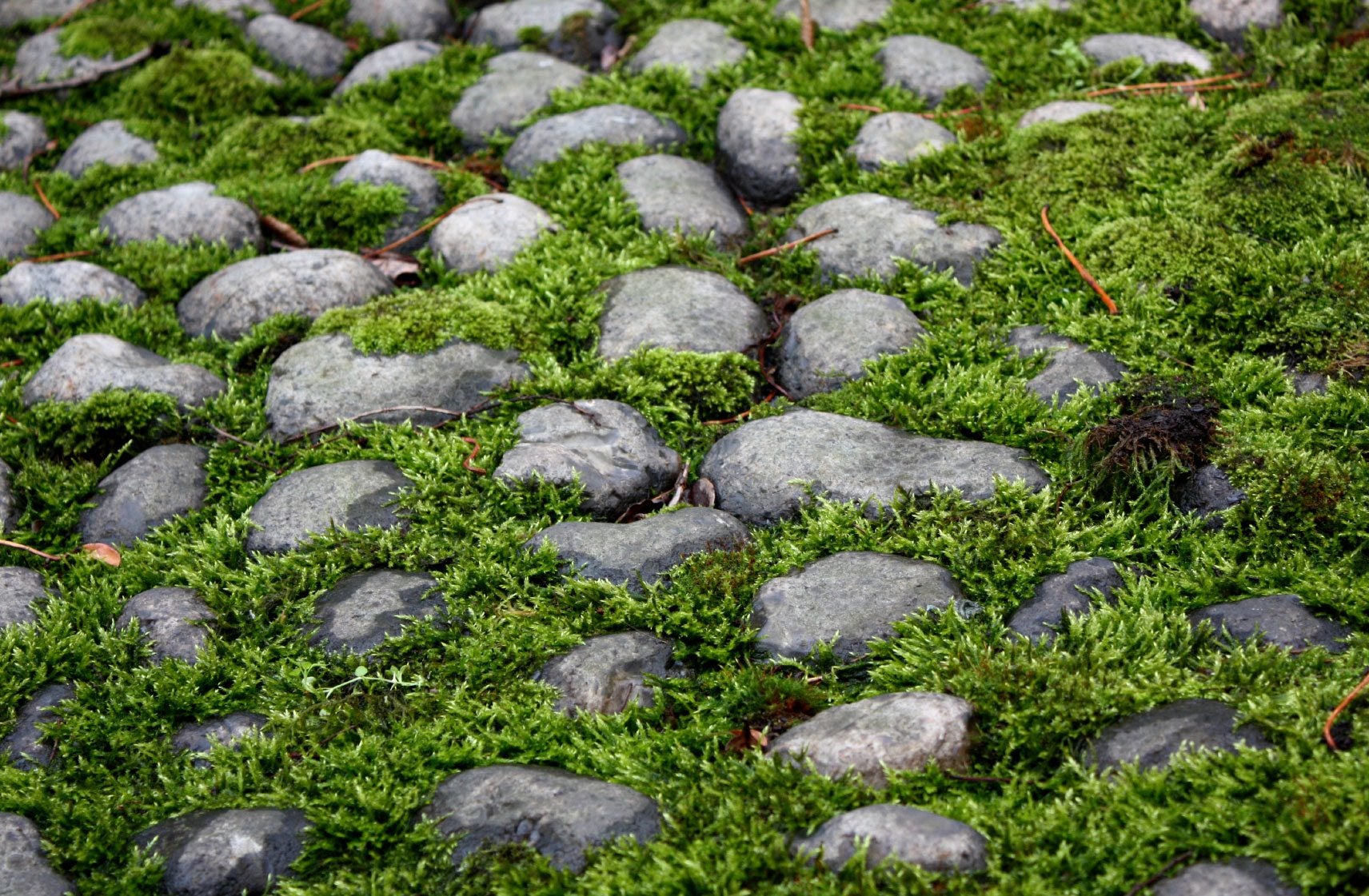

Maintaining a lawn is a lot of work and when you add up the cost of water, fertilizers, pesticides, and herbicides you'll find that it is also expensive. Read on to find out about cold area grass alternatives that are easy on your budget and your time.
Alternatives to Grass
Groundcovers and other lawn alternatives in cold climates are easier to care for and more environmentally friendly than traditional lawns. When you replace your lawn with plants that don't need mowing, you eliminate the exhaust that your lawnmower and string trimmer produce. In addition, you won't need the lawn chemicals that can seep into groundwater and runoff. Here are some cold hardy plants for lawns:
- Pussytoes (Antennaria plantaginifolia)- Pussytoes are sturdy plants that grow well in poor soil and never need watering. Pale pink blossoms appear in spring atop plants that range from 6 to 18 inches (15-46 cm.) tall.
- Wild Ginger (Asarum canadensa)-These quick-spreading plants survive winters in the coldest climates. Wild ginger grows about 6 inches (15 cm.) tall and needs supplemental water in dry climates.
- Angelita Daisy (Hymenoxys acaulis)- The one foot (31 cm.) tall, pine-like foliage of Angelita daisy plants looks great year-round and the bloom season lasts a long time. It's best for small areas. Angelita daisy needs occasional watering in dry climates and frequent deadheading.
- Prostrate Juniper (Juniperus sp.)- These short shrubs grow about 2 feet (61 cm.) tall, and they are great for wide areas. They can grow up to 5 feet (1.5 m.) wide and need constant cutting back if they are planted in narrow areas. Otherwise, they rarely need pruning. They need an occasional rinse with the hose to get rid of spider mites. Full sun scalds prostrate juniper in USDA zones warmer than 5.
Other Cold Area Grass Alternatives
Various types of mulch also provide alternatives to lawns. Stone and gravel mulch look good in most settings. Shredded bark or hardwood are organic mulches that have a more natural look, and they add nutrients to the soil as they break down. Organic mulches look best in a natural or woodland setting. Mosses are another cool region lawn substitute that you might consider. These tiny plants form a lush carpet that needs very little maintenance, but the cost is higher than most groundcovers-- unless you plant some already growing on your property. Moss can add a feeling of peace and tranquility to your landscape, especially when mixed with pavers or stones.
Gardening tips, videos, info and more delivered right to your inbox!
Sign up for the Gardening Know How newsletter today and receive a free copy of our e-book "How to Grow Delicious Tomatoes".

Jackie Carroll has written over 500 articles for Gardening Know How on a wide range of topics.
-
 Get Ready For A Summer Of Hummers! Grow These Full Sun Hummingbird Plants and Flowers
Get Ready For A Summer Of Hummers! Grow These Full Sun Hummingbird Plants and FlowersIf you’re lucky enough to enjoy a sunny backyard, make sure you are maxing out on your pollinator opportunities and grow these full sun hummingbird plants and flowers
By Tonya Barnett
-
 12 Lush Alternatives To A Lawn For Sustainable Spaces
12 Lush Alternatives To A Lawn For Sustainable SpacesAlternatives to a lawn are beautiful and also beneficial to your local ecosystem and its pollinators. Explore our top picks for plants to replace grass.
By Tonya Barnett
-
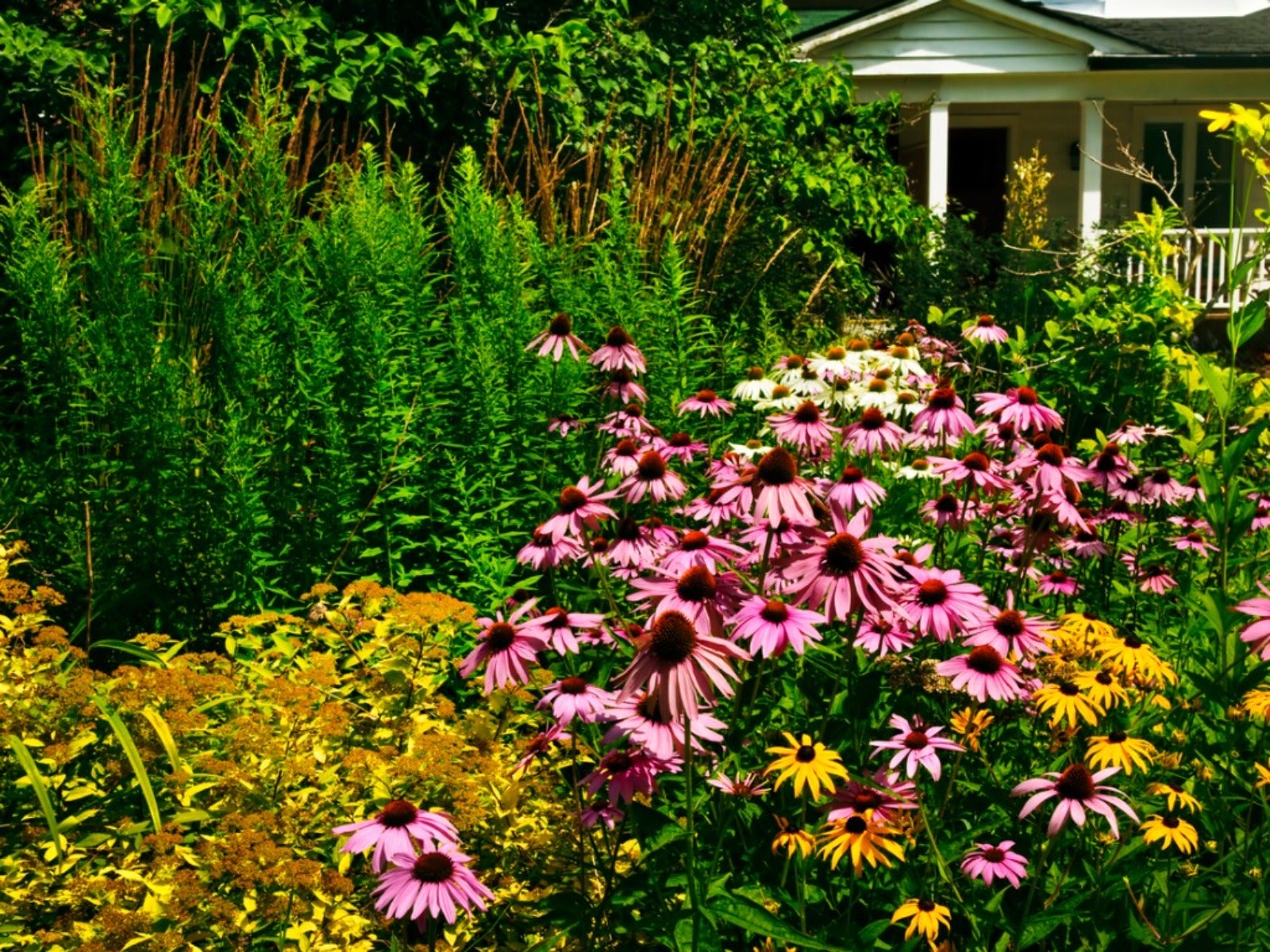 Why You Should Ditch The Grass And Grow A Prairie Lawn
Why You Should Ditch The Grass And Grow A Prairie LawnLearn why a prairie yard with native grasses is far more earth-friendly than a standard tuf-grass lawn.
By Mary Ellen Ellis
-
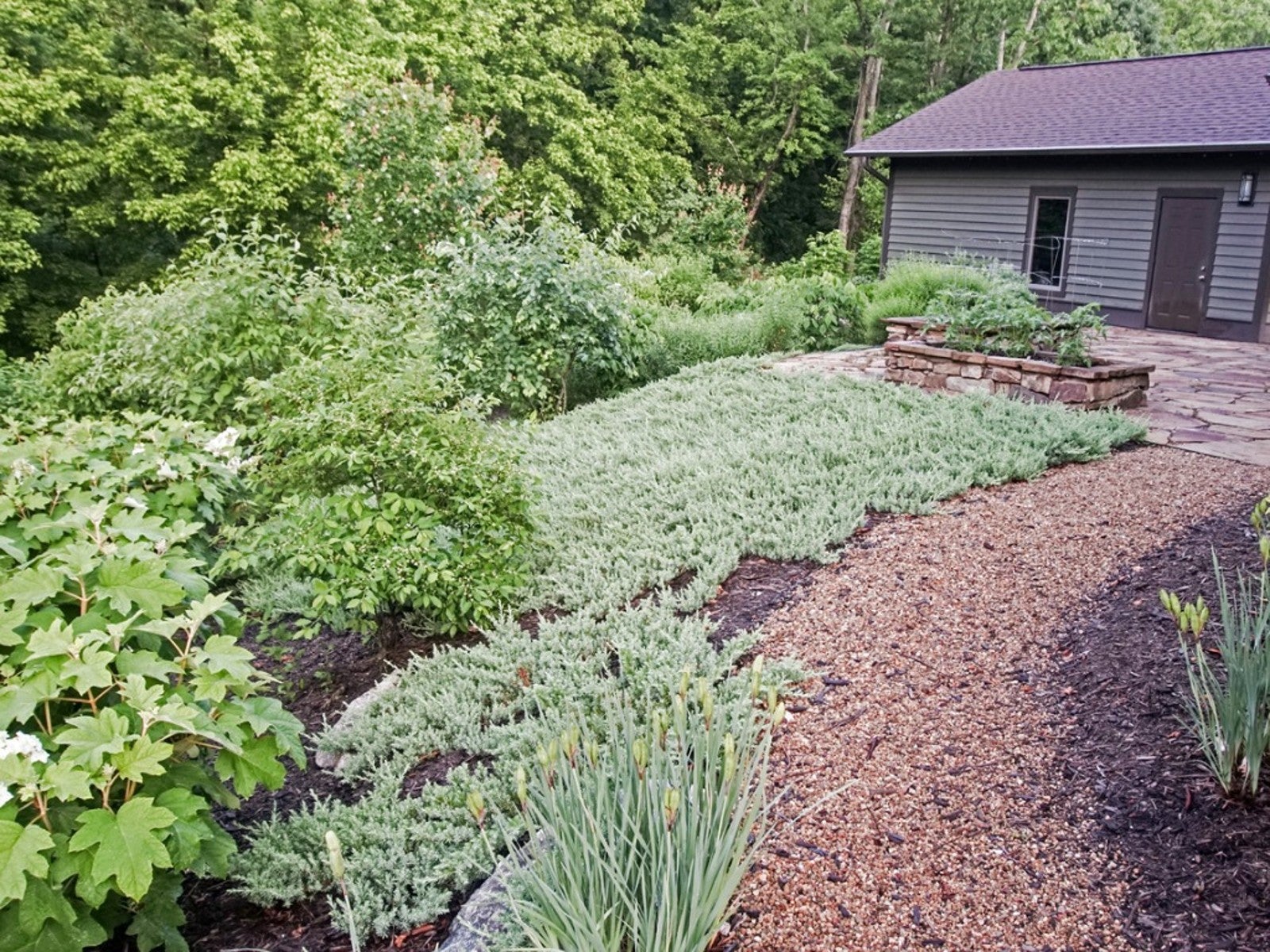 Grass Alternatives For Shade: Lawn Substitutes For Shade Yards
Grass Alternatives For Shade: Lawn Substitutes For Shade YardsMany people know the struggle of trying to grow grass in a shady yard. If you're one of these people, consider a shady lawn alternative.
By Mary Ellen Ellis
-
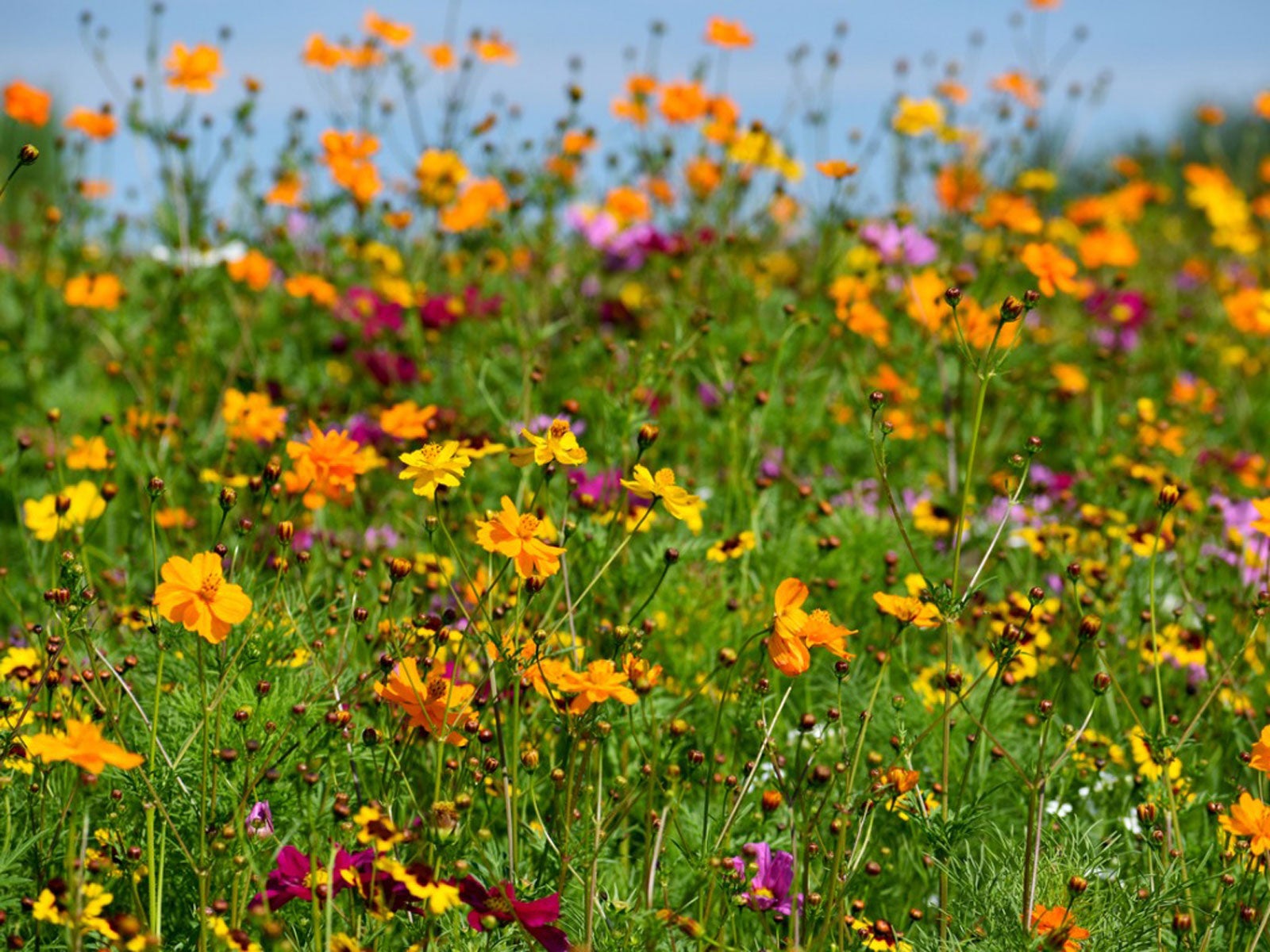 Wildlife Garden Turf: Creating Mini Meadows For Wildlife
Wildlife Garden Turf: Creating Mini Meadows For WildlifeThe appeal of a perfect, green lawn is strong, but more people are turning to wildlife-friendly alternatives. A wildflower meadow lawn is one option.
By Mary Ellen Ellis
-
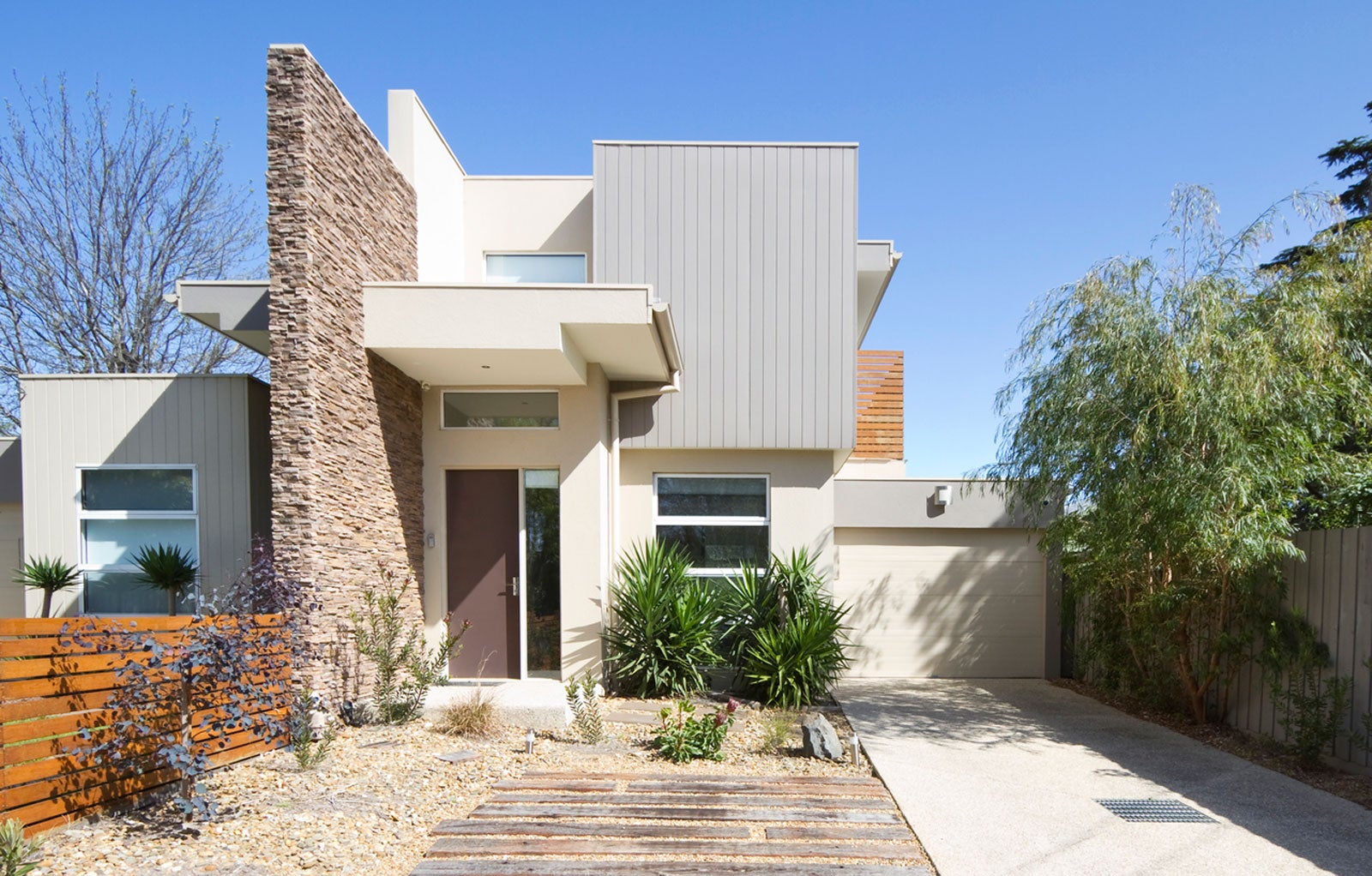 What Is Naturescaping – Tips For Planting A Native Lawn
What Is Naturescaping – Tips For Planting A Native LawnGrowing native plants instead of lawns can be better for the local environment and, ultimately, requires less maintenance, but it does require a big initial effort. A lot of work goes into removing existing turf and naturescaping an entirely new landscape. Learn more here.
By Mary Ellen Ellis
-
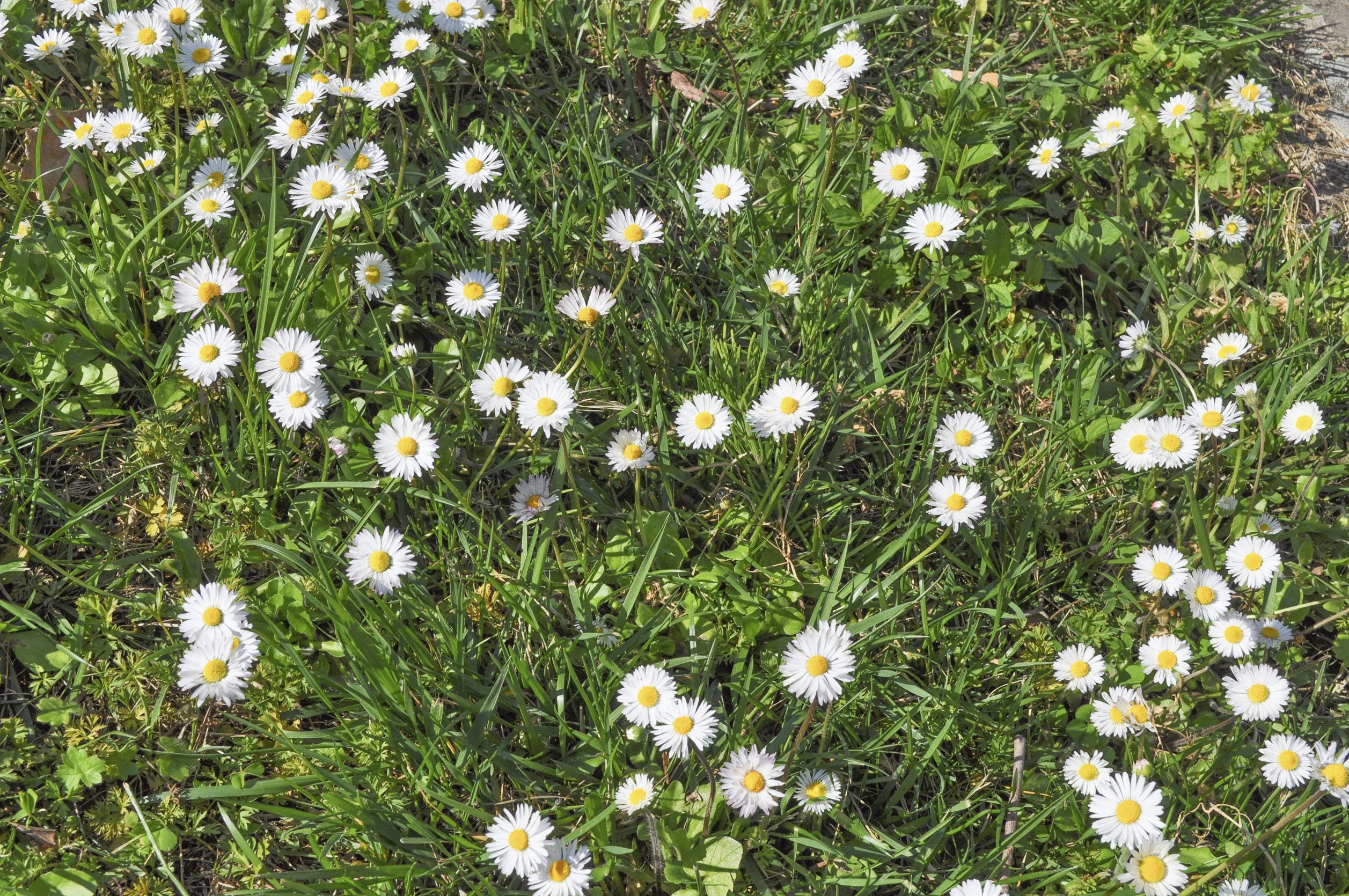 Wildflower Lawns: Tips On Growing Flowering Lawns
Wildflower Lawns: Tips On Growing Flowering LawnsMany people are looking for lawn alternatives to reduce watering, fertilizing, and mowing. Wildflower lawns are one option. This article has more information.
By Teo Spengler
-
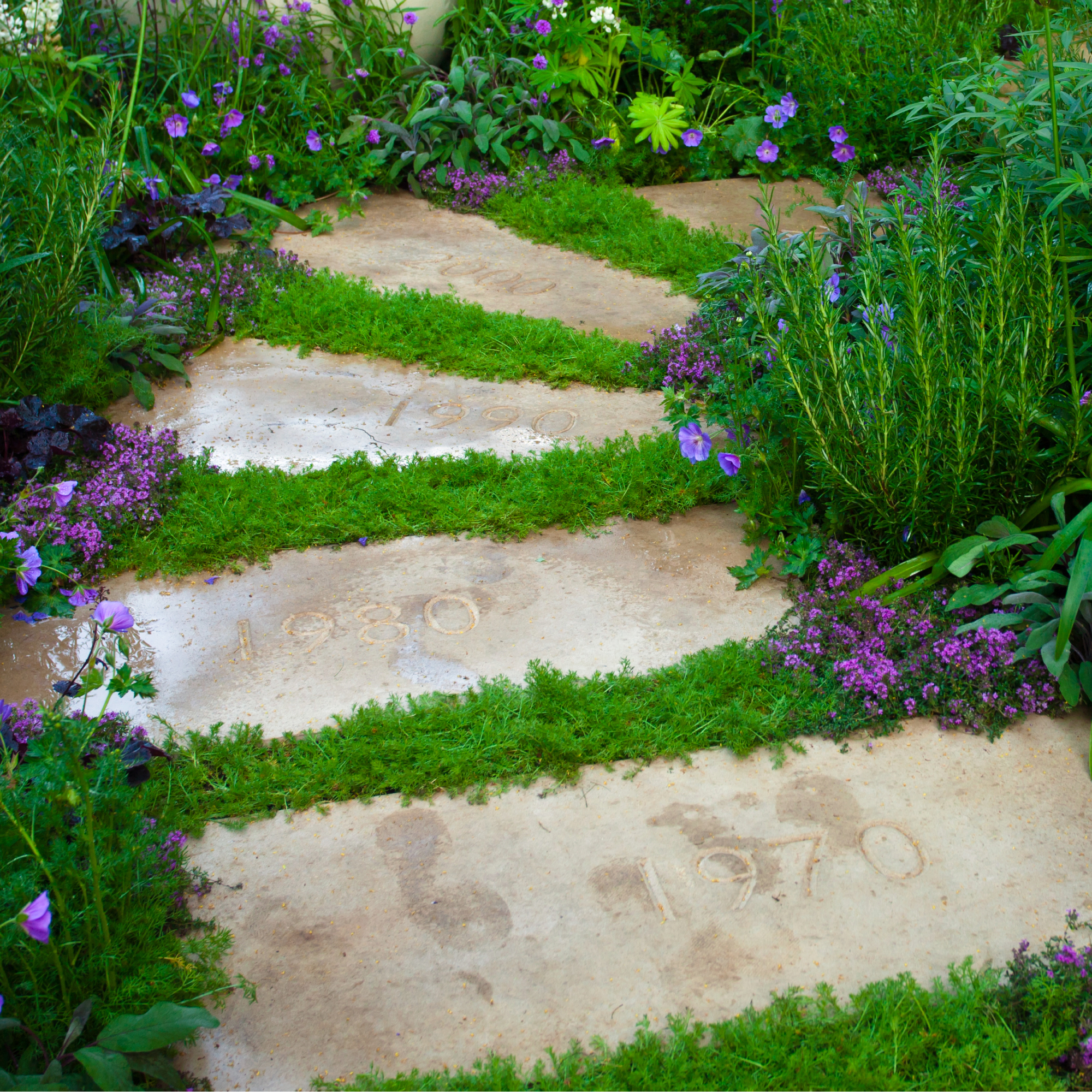 Best Steppable Plants: Learn About Plants That Can Be Walked On
Best Steppable Plants: Learn About Plants That Can Be Walked OnWhat are walkable plants? They're plants that can safely be walked on. Walkable plants are often used as lawn replacements because they are tough, drought-tolerant, and require very little maintenance. Learn more about them in this article.
By Mary H. Dyer
-
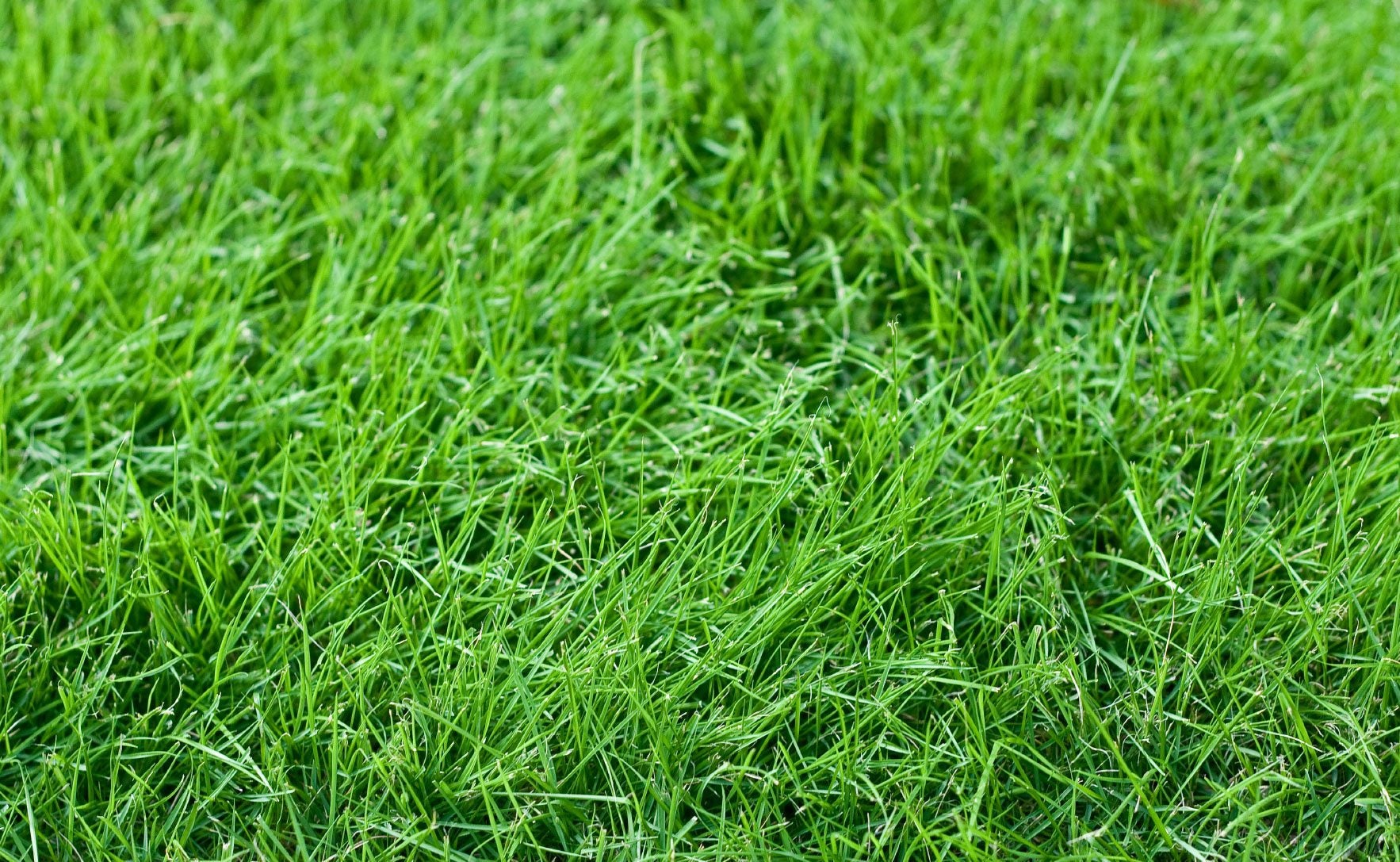 What Is A No-Mow Lawn: Tips For Creating A No-Mow Lawn
What Is A No-Mow Lawn: Tips For Creating A No-Mow LawnOne of the chores that the homeowner must do is mow the lawn. This tedious task helps form a healthy and beautiful turf but is time consuming. A perfect solution is a no mow lawn. What is a no mow lawn? Find out in this article.
By Bonnie L. Grant
-
 Lawn Alternative Plants For The South: Alternative Lawn Ideas In Warm Climates
Lawn Alternative Plants For The South: Alternative Lawn Ideas In Warm ClimatesAre you tired of all the work that goes into maintaining a nice lawn? And what about those hot climates? No one enjoys having to manage lawns when it's hot and sticky. Check out some of the warm area grass alternatives in this article.
By Jackie Carroll